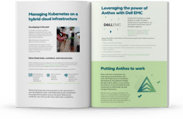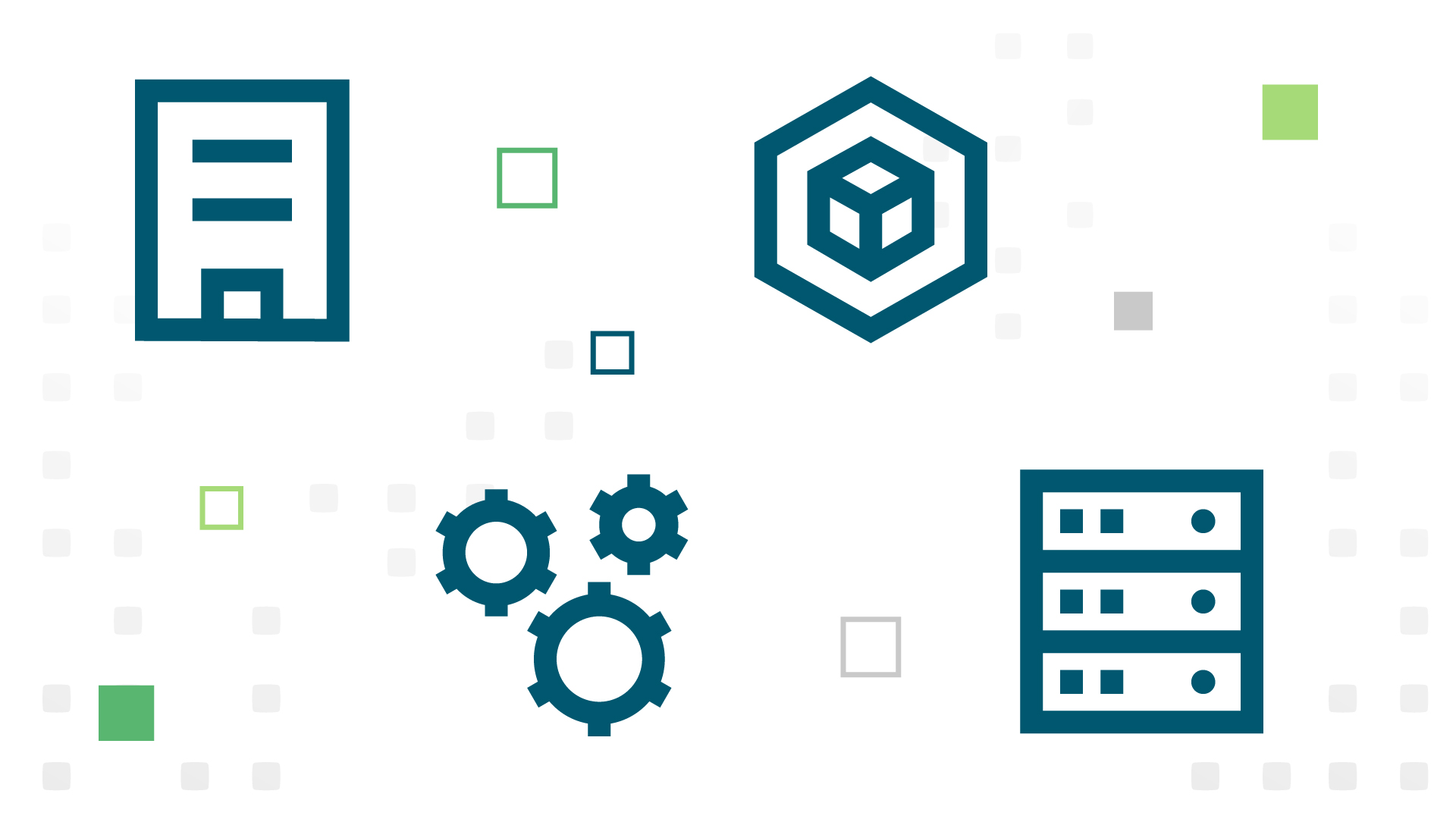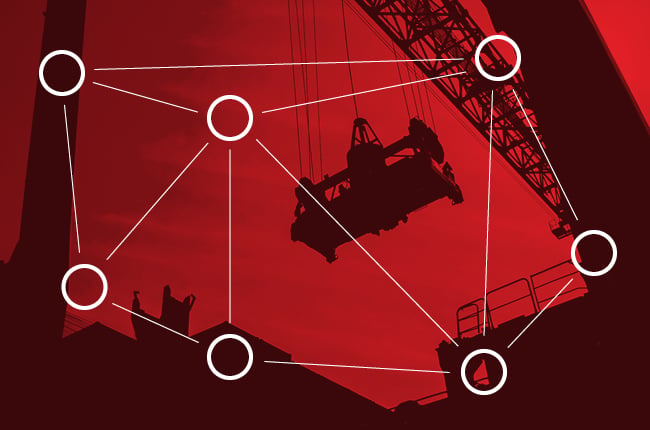Kubernetes is widely known as a go-to solution for managing, automating, and scaling containers—with one caveat: "Day 2" can be painful.
This guide to the technical aspects of Day 2 Kubernetes operations will help you prepare for the challenges that come after implementing Kubernetes, so you can avoid the Kubernetes growing pains and enjoy success.
Day 2 Kubernetes operations—technical considerations
If Day 1 0f Kubernetes is getting the cluster up and running, then Day 2 is taking ownership of operating the cluster.
This is the part of Kubernetes that many organizations find the most difficult. Why? Because there's a lot to handle and it can get quite complex.
 |
Download Now: The Recipe for Deploying Managed Kubernetes On-Premises |
Let’s break down the technical aspects of Day 2 Kubernetes:
 Centralized logging
Centralized logging
Logging in to containerized environments is different than what traditional computer engineers may be used to. It's important to understand log-in best practices to take advantage of Kubernetes native capabilities and to establish a centralized log collection mechanism that provides adequate insights.
 Monitoring
Monitoring
Open-source monitoring platform, Prometheus, tracks the CPUs, memory, and workloads that are being consumed across the cluster, in a manner that can be queried. This is done with the goal to allow for visualizing workloads and deciding on infrastructure changes that could enhance performance or save money.
 Scaling
Scaling
Workloads scaling up and down is another variable to monitor in Day 2 Kubernetes operations, so you aren't caught off guard. In cloud platforms, ensuring that hardware scale operations are in tandem with the container scale operations can give better cost efficiency, as well.
 Updating
Updating
Kubernetes updates tend to be released every few months. So, from Day 2 onward, you'll need a strategy for how to upgrade Kubernetes and the various components that are used with it so that security patches are applied in a timely manner.
 Security
Security
Your organization will need to monitor security from Day 2 of your Kubernetes operations onward through container image scanning, network policies, pod policies, and securing the hardware itself.
Monitoring Day 2 Kubernetes
Adding to the complexity of Day 2 operations are the four golden signals:
- Traffic or number of users in the system
- Latency or time taken to service requests
- Saturation or fullness
- Errors
You'll want to monitor each of these signals live, but you won't have a clear image of how they'll look until Kubernetes goes live. So there's a certain amount of "wait and see" that you'll need to embrace as you get through Day 2 Kubernetes operations.

After adopting Kubernetes, ongoing monitoring of these technical aspects will help your organization analyze long-term trends, perform experiments, and troubleshoot problems so it all works as intended.
Long-term, successful monitoring will help your organization decrease costs, fine-tune performance, and leverage Kubernetes with the fewest growing pains.
Taking all the maintenance that goes into Kubernetes operations into account, it should be clear that organizations need resources to lighten the load. Google Anthos is one option for managing a Kubernetes cluster on premises.
While many businesses choose this model, it does add to the complexity at the outset. So, you'll want help to fully prepare for successful Day 2 Kubernetes operations. Successful implementation starts with a thoughtful discussion of your enterprise needs and the right strategy.
Redapt is here to help you talk through the implications of Kubernetes with Anthos on Dell EMC infrastructure. Learn more about how we can help your business transition to the hybrid cloud. Read our free guide, The Recipe for Deploying Managed Kubernetes On-Premises.
Categories
- Cloud Migration and Adoption
- Enterprise IT and Infrastructure
- Artificial Intelligence and Machine Learning
- Data Management and Analytics
- DevOps and Automation
- Cybersecurity and Compliance
- Application Modernization and Optimization
- Featured
- Managed Services & Cloud Cost Optimization
- News
- Workplace Modernization
- Tech We Like
- AWS
- Social Good News
- Cost Optimization
- Hybrid Cloud Strategy
- NVIDIA
- Application Development
- GPU








